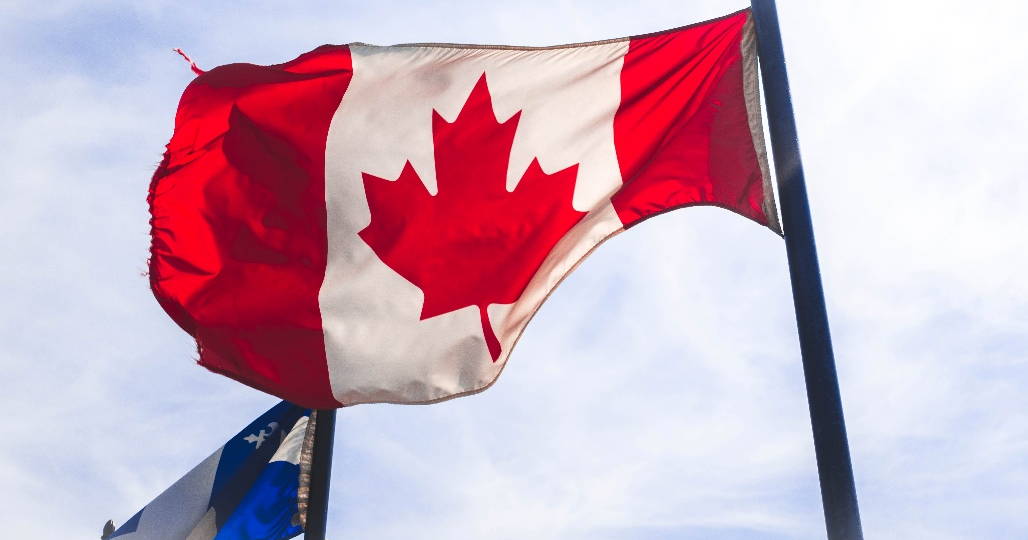
Being one of the most accepting countries in the world and having the highest immigration numbers each year, Canada has a fairly comprehensive set of rules and regulations in the department. The country also rejects many people and does not take cases lightly where there are misinformation or application irregularities.
But even in removal cases, the country does provide people with the option of stay of removal orders to appeal and attempt to stay in the country. Having an immigration lawyer in Vaughan will help you deal with your immigration process in a more refined manner:
3 Types of Removal Orders
Firstly, it’s necessary to understand what kind of removal orders there are and what they imply:
Departure Orders
If you receive a departure order, you must leave the country within 30 days while confirming the CBSA about your departure when you’re exiting the country. One of the most common situations where people might receive a departure order is if they lose PR status and their appeals get rejected.
Refugee/Protected Persons receive conditional departure orders if their claims and any corresponding appeals fail. Similarly, they must leave the country in 30 days while informing the CBSA that they’ve departed from Canada. If they fail to do so, a deportation order is issued against them. Departure orders carry the least consequences.
Exclusion Orders
Just like a departure order, an exclusion order requires you to leave the country and let the CBSA know about your departure while exiting Canada. The main difference is that you will be barred from entering Canada for a specific period. The duration for which you’re barred from entering Canada depends on why the exclusion order was handed out, but it generally ranges from one to five years.
You can receive an exclusion order for violating various immigration laws, such as overstaying your visa expires, studying/working without authorization, or coming without a visa. In such cases, the exclusion order leads to a one-year barring from entering the country. Cases of misrepresentation are taken more seriously, banning people from entering Canada for five years.
Deportation Orders
A deportation order is issued when the foreign national fails to leave the country within 30 days of being issued a departure order and fails to let the CBSA know about their departure. If you receive a deportation order as a foreign national, you’re permanently barred from entering Canada.
If a foreign national or an impending permanent resident wants to visit Canada after getting a deportation order, they require an “Authorization to Re-Enter Canada” (ARC).
Stay of Removal with the Immigration Appeal Division
Suppose you, as a foreign national with a permanent resident visa, a refugee, or a permanent resident of Canada have received a removal order. In that case, you can appeal against this order by appealing to the Immigration Appeal Division. You must appeal within 30 days of the removal order, which could be made by the Immigration Division or the Canada Border Services Agency (CBSA).
There can be multiple outcomes:
- If the Immigration Appeal Division allows the appeal, the removal order is set aside, and the person is allowed to remain in Canada.
- If the Immigration Appeal Division dismisses the appeal, CBSA will start the removal process, and the person in question will have to leave the country.
- Rather than decide whether to refuse or allow the appeal, the Immigration Appeal Division can stay the removal order.
Stay of Removal in Place
When the stay of removal is ordered, you’re allowed to stay in Canada until a decision has been made. There are various conditions that the person in question is required to fulfil. These include timely visits to the immigration office while presenting exemplary behavior.
Stay of Removal with the Federal Court
You can also request the Federal Court of Canada for a stay of removal. You should mention in the motion that the removal should be suspended temporarily. At the same time, you need an application for leave and request a judicial review of a refusal of an immigration application or refugee claim.
If you don’t have an application for leave and judicial review, you cannot file a stay of removal with the Federal Court. It’s necessary that you can demonstrate the following aspects while filing the motion:
- The issue is a serious matter described in the application for leave and judicial review.
- They might face a risk to their life or serious harm if they return to their home country.
- The balance of convenience weighs in favor of them being granted the stay instead of being removed from Canada.
Similar to Immigration Appeal Division:
- You will be allowed to stay in Canada if the stay of removal is given until there’s a decision on theunderlying application for leave and judicial review.
- If the application is dismissed, you must leave the country as instructed.
Working with reliable immigration lawyers in Toronto can give you all the information you need to take the process forward legally. Our Nanda and Associate Lawyers team has worked with various people applying for refugee claims, Canadian spousal sponsorship, and other immigration cases. We provide corporate lawyers, civil lawyers, commercial real estate lawyers, and family lawyers in Toronto.
Get in touch with us today or book an appointment with our professionals.







